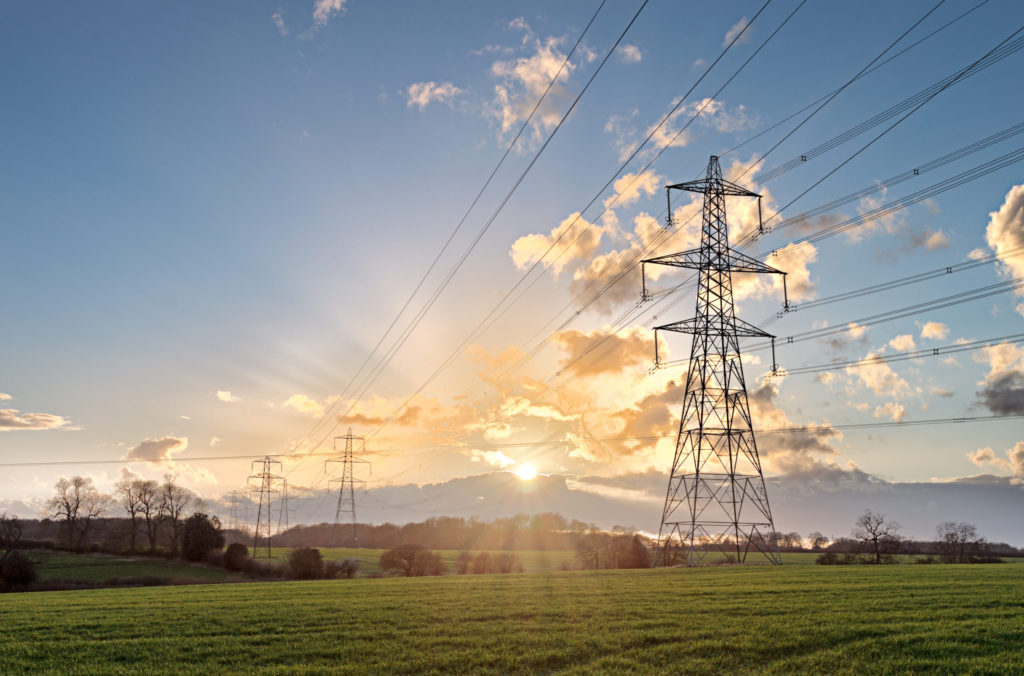by Dr Iain Staffell – Imperial College London
Last quarter saw 11 power system records broken out of the 200+ we follow, compared to 38 in the second quarter of 2020.
While it was relatively quiet, it was a period of contrasting extremes. Natural gas and wind power reached all-time highs, while nuclear power fell to the lowest levels on record.
Gas power stations broke the record they set only in June by supplying over 72% of electricity demand in the early hours of August 27th. Just a week earlier it was Britain’s renewables were doing the exact same thing, coincidentally by also supplying over 72% of demand for the first time.
Around the same time, Britain’s wind farms supplied more than 60% of the country’s electricity for the first time, and more than half of electricity demand over an entire day. Nuclear output fell to a series of new lows, with the lowest instantaneous, daily and monthly averaged output since records began.
The tables below look over the past decade (2009 to 2020) and report the record output and share of electricity generation, plus sustained averages over a day, a month and a calendar year.[1] Cells highlighted in blue are records that were broken in the third quarter of 2020. Each number links to the date it occurred on the Electric Insights website, allowing these records to be explored visually.
[1] The annual records relate to calendar years, so cover the period of 2009 to 2019.
[2] Note that Britain has no inter-seasonal electricity storage, so we only report on half-hourly and daily records. Elexon and National Grid only report the output of large pumped hydro storage plants. The operation of battery, flywheel and other storage sites is not publicly available.
